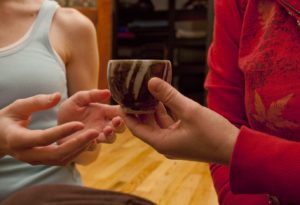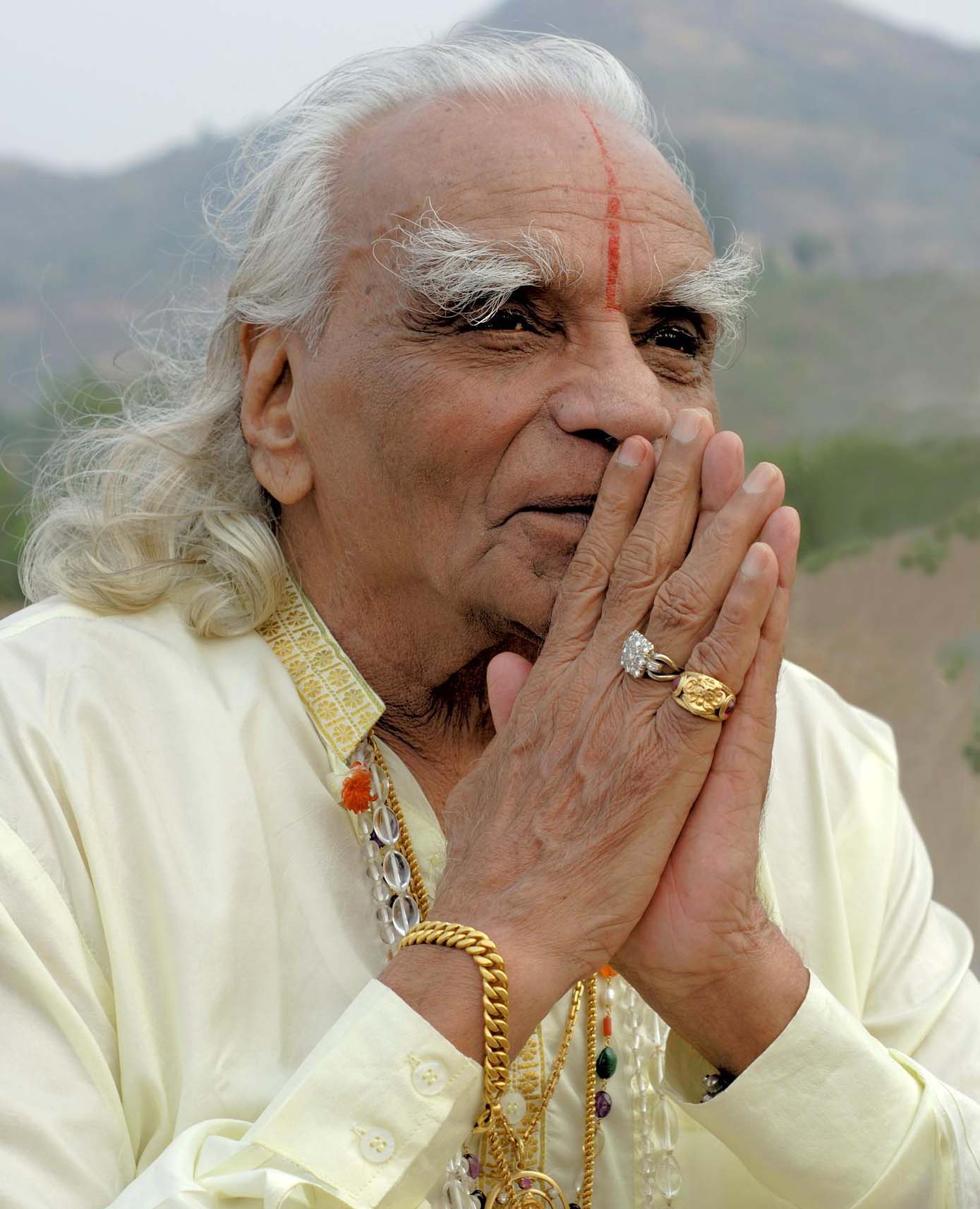Omaha Yoga Path Post
Mother Trees
[ted id=2558]
Six Mantras
The Six Mantras
June 16, 2012. 99-minute dharma talk by Thich Nhat Hanh from Upper Hamlet in Plum Village during the 21-Day Retreat with the theme The Science of the Buddha. The talk is given in English and this is the eleventh dharma talk (of 15). The podcast is available at this link.
1. Darling, I am here for you.
Darling, I am here for you.
2. Darling, I know you are there and it makes me happy.
3. Darling, I know you suffer.
4. Darling, I suffer, please help.
5. This is a Happy Moment.
6. Darling, you are partly right.
The last one is new and for when someone congratulates or criticizes you.
Morning Gatha
Morning Gatha
Waking up this morning, I smile.
Twenty-four brand new hours are before me.
I vow to live fully in every moment
And to look at all beings with eyes of compassion.
Iyengar’s Legacy
This is very simple video the shows the impact of BKS Iyengar’s teaching. Wait to watch it when you have 24 minutes to devote yourself to it.
“>Sadhaka: the yoga of B.K.S. Iyengar
[vimeo 62818591 w=500 h=281]
Tea on the Brain
Been a long time since making an entry in this category — tea, but I always marvel at the relationship of tea in Buddhism, Yoga, and meditation. Now here is a neurological explain for human predilection for Camellia sinensis.
[vimeo 114499613 w=500 h=375]
Contemplations Before Eating
Five Contemplations Before Eating:
This food is a gift of the earth, the sky, numerous living beings, and much hard and loving work.
May we eat with mindfulness and gratitude so as to be worthy to receive this food.
May we recognize and transform unwholesome mental formations, especially our greed and learn to eat with moderation.
May we keep our compassion alive by eating in such a way that reduces the suffering of living beings, stops contributing to climate change, and heals and preserves our precious planet.
We accept this food so that we may nurture our brotherhood and sisterhood, build our Sangha (community), and nourish our ideal of serving all living beings.
BKS Iyengar communal yoga practice
Communal Remembrance – Tuesday, Aug 26 7:30pm CDT
Dear yoga practitioners everywhere,
We invite you to a moment of communal dedication to the memory of Guruji B. K. S. Iyengar for all IYNAUS members and any others who would like to join us.
We know that many of you have already been attending or planning commemorative gatherings, but we have also heard from members that they would like for there to be an event that brings us together as practitioners across the continent.
We suggest that on next Tuesday, August 26, 2014, at 8:30 pm EDT (7:30 pm Central, 6:30 p.m Mountain, 5:30 p.m. Pacific) as many of us as possible, in our own practice spaces or at our yoga schools and institutes, practice the following sequence of asanas (except for Tadasana, we leave the timings to your best judgment):
Tadasana – 3 minutes (mountain pose)
Uttanasana (forward bend)
Adho Mukha Svanasana (downward-facing dog)
Utthita Trikonasana to the right and to the left (triangle pose)
Adho Mukha Svanasana
Uttanasana
Tadasana – 3 minutes
5 minutes seated quietly
We ask that you hold Guruji in your hearts as you do this.
Whether or not a gathering is possible, please, wherever you are, consider joining with us and other practitioners next Tuesday in this collective expression of gratitude to B.K.S Iyengar for what he brought to our lives and the lives of others. As Geetaji said yesterday, “Like rain, he touched all of us equally.”
May we call your attention to something Guruji said about Tadasana? It is from a remembrance by the cricket player Sachin Tendulkar:
“It is essential to master the art of standing correctly. One thousand things that apply to Tadasana apply to every other pose. See how much your intelligence has to peep in, has to go in, even to understand tadasana? When truly in tadasana, one feels light in body and the mind acquires agility.”
In loving memory of Guruji,
Janet Lilly, President of the IYNAUS Board of DirectorsMichael Lucey, Vice President and President Elect
Understanding Our Mind
Understanding Our Mind
Everyday our thoughts, words, and deeds plant new seeds in our field of consciousness and what these seeds generate becomes the substance of our life. The practice of mindfulness helps us identify all the seeds in our consciousness and with that knowledge we can choose to water only the ones that are most beneficial. If the seed of delusion is watered in us, our ignorance will grow. if we water the seed of enlightenment it will grow and our wisdom will flourish. The seed of enlightenment is already within our consciousness. This is our Buddha nature, the inherent quality of the enlightened mind we all possess. When we look at any phenomenon (dharma) we should be able to see the unity in the diversity and diversity in the unity. Something that is beginning to take form is also in the process of disintegrating as well. We cannot see the boundary between reality and our erroneous perceptions. Words point to something and may or may not point to the “truth” of that thing, which can only be known through a direct perception of its reality. In our daily life, we rarely have a direct perception. Erroneous perceptions bring about much suffering. The process of mistaking our perceptions for reality is so subtle that it is very difficult to know that it is going on. We practice meditation to train the mind in direct and correct perception.
Mindfulness Resources
The Miracle of Mindfulness: An Introduction to the Practice of Meditation by Thich Nhat Hanh
When Things Fall Apart: Heart Advice for Difficult Times by Pema Chodron
Wherever You Go, There You Are by Jon Kabat-Zinn
The Wise Heart: A Guide to the Universal Teachings of Buddhist Psychology by Jack Kornfield
The Science of Enlightenment by Shinzen Young
Breakfast with Buddha by Roland Merullo
Falling Upward: A Spirituality for the Two Halves of Life by Richard Rohr
Be Free Where You Are by Thich Nhat Hanh and Sister Chan Khong
Making Space: Creating a Home Meditation Practice by Thich Nhat Hanh
No Time to Lose: A Timely Guide to the Way of the Bodhisattva by Pema Chodron
Bringing Yoga to Life: The Everyday Practice of Enlightened Living by Donna Farhi

















